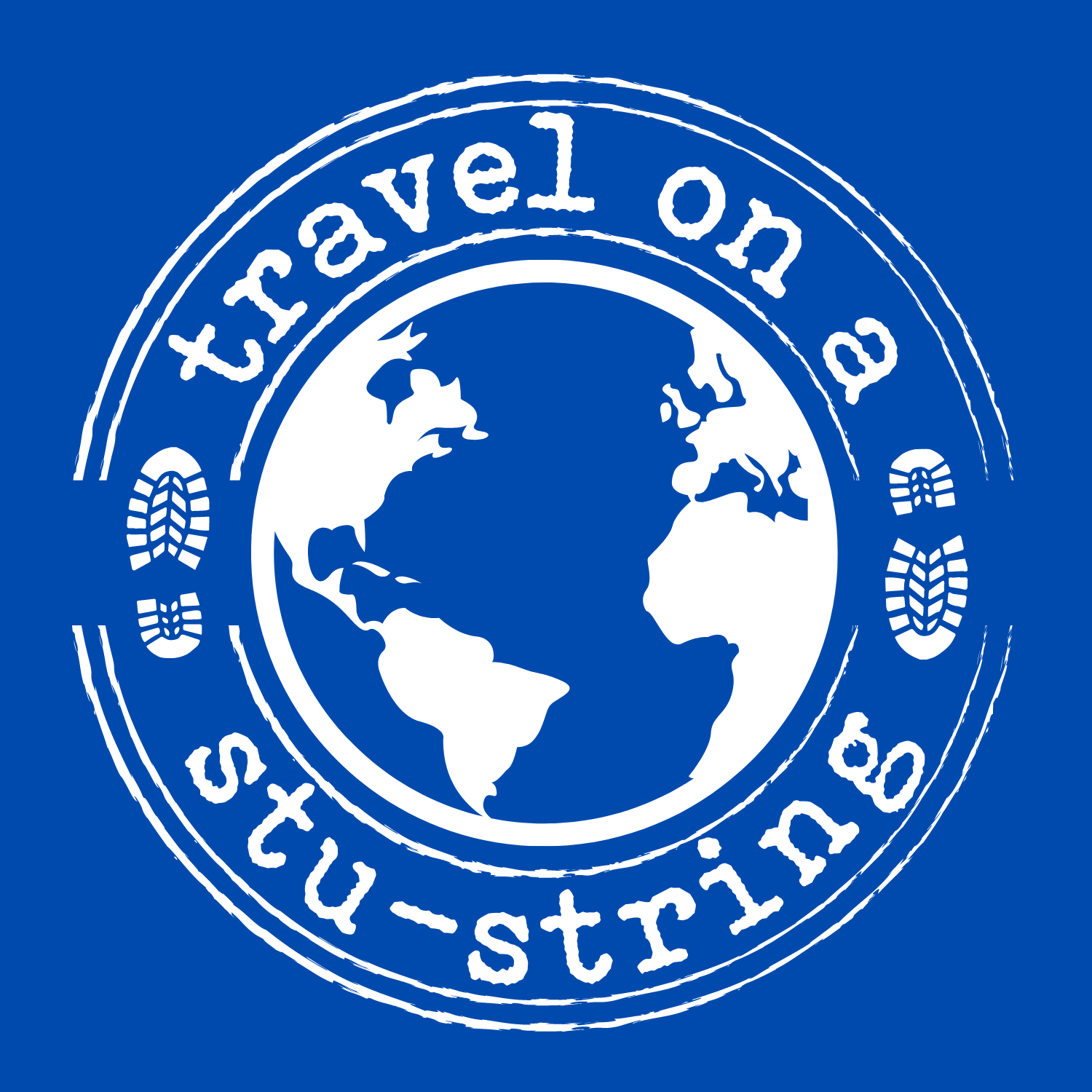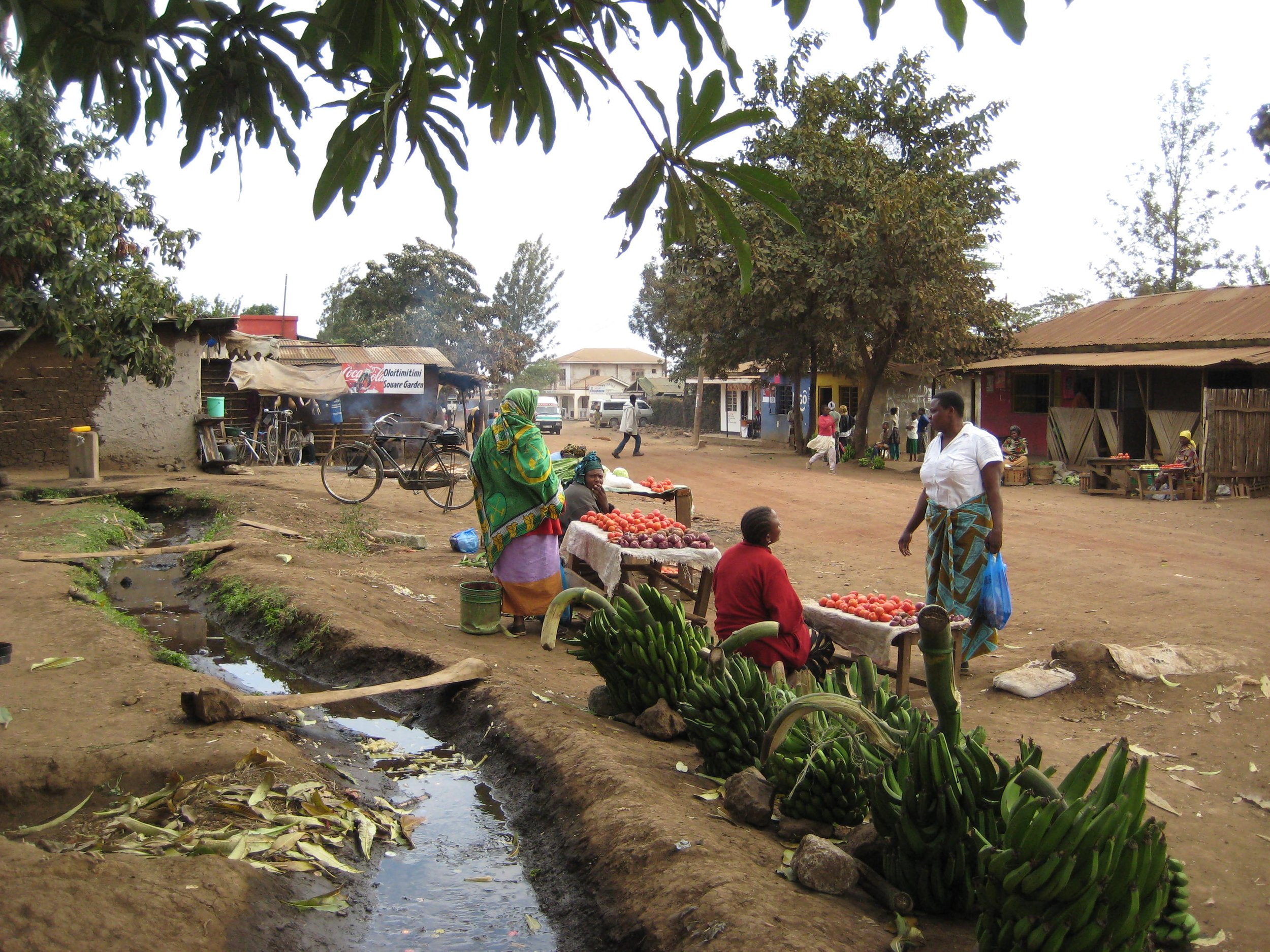A witness to street justice
The first blow is a kick to the boy’s head. He is cowered on the ground, shaking with nerves, and does not see it coming. His head jerks forward, and he curls his body in defence, crying out for mercy. None is offered, and more blows follow from the men looming over him. Their fists batter his head, chest, stomach, arms. His breathing is strained as his lungs fill with dust, and he wheezes like an exhausted foot pump. He tries to stand, and is knocked down repeatedly, his clothes and face soon covered with a film of dust. The self-appointed leader of the mob steps in and holds him down with a foot on his head. The boy’s eyes are closed, his face squashed into the dirt. There is a small respite in the attack as the leader berates him, his voice commanding, indignant, and stern. The boy does not respond, too terrified to speak, and short of breath. The leader follows his lecture with a series of short kicks, and the boy’s head ricochets between the ground and the sole of his shoe. The leader then steps back and allows the boy to stand. Dusty, bloodied, he sways like a drunk, unable to focus, fearful of what is next.
The justice I am witnessing, street justice, mob justice, call it what you will, is commonplace throughout Africa. In Nigeria it is known as jungle justice. The sentences doled out to thieves across the continent are legendary. Often embellished, and it can be difficult to know which of the gruesome details are exaggerated. Beatings, like the one before me are routine, and often, the arrival of police saves the thieves life. That is, if they do not join in with the mob. One of the more brutal sentences of jungle justice is necklacing. A car tyre laced with gasoline is placed over the condemned, pinning their arms, and they are then set alight. Incidents of necklacing command headlines and outrage, though it is an exceptional sentence, often reserved for armed robbers or particularly violent offenders. This is not my first encounter with a thief in Africa, though it is the first beating I have witnessed, and it is occurring in my adopted home of Engosengiu, a semirural village outside of Arusha. Tanzania has been home for more than a year, and familiar faces are amongst the crowd, a secondary school teacher, a shop owner, a tradesman. The police rarely venture this far from town and will not attend to collect, or protect, a petty thief. The boy’s fate is in the hands of the mob.
The beating has disturbed an otherwise peaceful morning, and the main street of ‘Engo’ is filled with the usual traders, and ambling crowds. A cobbler sits atop his workbox, chatting to friends while stitching a boot, and women dressed in brightly coloured dresses sweep the doorsteps of their shops. The clanging of a hammer on metal echoes from a nearby workshop, and groups of students wander to and from school. A group of Maasai women drive their donkey’s home, with the familiar thwack! as their cane sticks connect with their behinds. The donkeys march on, obedient and silent. I am sitting inside a dala-dala (minivan taxi), waiting for it to fill with other passengers, when the commotion begins.
The main street of Engosengiu, outside Arusha
A boy bursts from the gap between two shops, jumping and leaping, like a gazelle escaping the gnashing teeth of a lion. He is pursued ferociously by a group of men screaming angrily. They dash across the street, kicking up dust, and as quickly as they appeared, they vanish. The dust settles, and a murmur of ‘mwizi, mwizi’ ripples through the main street, ‘thief, thief.’ There is nowhere for the boy to escape to, the area behind the shops is too sparse, there in nowhere to hide. It is only a matter of time before they find him and return. I step out of the dala-dala, and join the rapidly gathering crowd, drawn from the surrounding shops and homes. The boy is soon returned to the main street, dragged by his arms and collar, and thrown to the ground, for interrogation and sentencing. There is a tension in the air, a frantic hyena-like excitement from the men who now encircle the boy. I feel detached from it, unsure of what I am about to witness.
African street justice is often administered by sporadic and disparate groups of men, with their authority drawn purely from their proximity to the crime. After beating a thief half to death, in a marketplace, at a bus stand, or on a street corner, they resume their day, and return home in the evening as any regular person would. In some neighbourhoods, where crime rates are high and police presence low, vigilante groups form. From South Africa to Nigeria, Kenya and Sierra Leone, these groups pop up all over the continent. Often adopting the euphemistic title of ‘neighbourhood watch,’ groups of men patrol the streets each evening, often banging pots and pans as a warning to any would be thieves, and for the most part, they succeed. The Bakassi Boys, of south-eastern Nigeria, took the concept a step further when they formed in 1998. Armed with machetes, firearms, and an unbreakable faith in magic, the Bakassi Boys doled out their own form of jungle justice, including beatings and executions. Adorned with animistic icons, the group believed they were immune to gunfire, a supernatural power known as odeshi, translated to ‘it does not leak,’ in their native Igbo. Initially supported by local governors, they delivered their sentences with impunity, and were successful in controlling crime rates. However, as their profile grew, so too did the attention from higher levels of government, and the Nigerian police force. After several years of increased pressure and scrutiny, the group officially disbanded, though they never truly disappeared, and reports of their re-emergence continue to this day.
The Baskassi Boys in 2021 (source: thenewsnigeria.com.ng)
Allowed to stand after the initial beating, the boy sways, dizzied from the assault, and the crowd step back. His eyes dart from side to side, and his hands quiver, in a shaky preparation of self-defence. His clothes are filthy, and he has lost his shoes. He appears unsure about whether he should continue standing, or if he would be safer curled in a ball on the ground. The momentary lapse in the attack ends when a man steps in and kicks the boy in the leg. Others follow, with kicks, punches, and slaps to the head. The air is thick with the huffing and puffing of enraged men. Some kick him in the shins or ankles, forcing him to the ground, and they follow with body blows. He tries to stand again and is not allowed. He is beaten down. In the crowd are many women and children, some of whom have been subjected to similar beatings, by husbands and fathers. Some observe in silence, expressionless, while others shout words of encouragement or abuse.
After a few minutes, the leader calls for calm, his arms raised and his voice deep. The fury subsides, and the boy crawls into a seated position on the path that is now speckled with his blood. He looks up towards the leader, his face covered in dirt, and his nose bloodied. The boy’s clothes are torn, dishevelled, and he grips his left arm, wincing in pain. The baying crowd are hard to control, and as the leader resumes his lecture, wayward fists and feet continue to fly, though with less intensity and regularity. The boy pleads with the leader, in a shaky, nervous voice, ‘acha bwana, acha,’ or ‘stop sir, stop.’ He is on the verge of tears. This is a painful and humiliating sentence.
The scene of the crime, in Engosengiu, Tanzania
I scan the crowd as the leader continues his lecture. A man with a pocketknife, its blade flicked open, is motioning to another man that he would like to cut off the boy’s ear. Others are holding bricks and lengths of wood in their hands, whatever makeshift weapons they have found on the street. The leader drags the boy to his feet again, and rummages through his pockets. Finding nothing, he pushes him away, and allows the beating to resume. The boy is pummelled from side to side, a rag doll at the mercy of the mob. He falls to the ground again, and the leader is passed a length of wood. He hovers over the boy, threatening to hit him with the plank. The boy curls tighter, cowering and crying for forgiveness, his cut arm now seeping blood. Another man drags him to his feet and the leader thumps the wood into the back of his calves, causing him to fall again. It is a repulsive display of cruelty, wicked in its imagination and resourcefulness.
Despite my disgust, I cannot look away, and am unable to step in. This is street justice, African style, and no place for a mzungu to insert himself. All I can do is watch and wait.
Eventually, through exhaustion and boredom, the crowd tires. The blows become less frequent and less intense, and boy is allowed brief moments of peace of gather himself. His clothes are torn and smeared with dirt and bloodstains. He holds his left arm straight down, gripping his elbow and grimacing. Men continue to take cheap shots at him as he scans the surroundings for a place to sit. With all interest waning I sense my opportunity and call the boy over, ‘wewe, njoo’ and he hobbles towards me.
He sits with me on a wooden bench. I pour water over his arm and instruct him to wash the dirt from the wound. Next, I rip my handkerchief in half and tie it on his arm to stop the bleeding. He flinches as it tightens. Offered the bottle, he washes his face, then rinses his mouth of the dirt he has been face down in. He does not say anything, too tired to speak. I look up from treating the boy and notice a crowd of my own has formed. A gaze of dark eyes and sneering faces. A contemptable muttering ripples through the crowd, and mzungu is peppered throughout the grumbles. I am unfazed, and since their attack has ended, they have no further use for the boy, so I feel justified in treating him. A man from the crowd steps forward and picks the boy up, grabbing his collar. He points to the waiting dala-dala and instructs him to get inside, and presumably, to never come back. He obeys and shuffles towards the vehicle. I follow behind. When the dala-dala is full the driver departs, driving towards Arusha town. At the edge of Engosengiu, he stops and tells the boy to get out. He hobbles down the steps, still holding his left arm and limps into an alley. The driver tears away, leaving the boy in another cloud of dust.
In town, I meet some women from Engo, and tell them what happened,
‘Is he dead?’
‘No, he can walk, but maybe his arm is broken.’
‘Hmm ok,’ they reply, without pity or concern, ‘we are going to the market now, see you later.’




